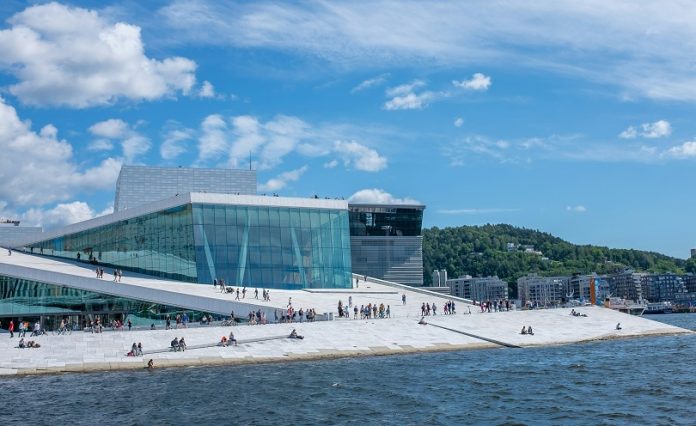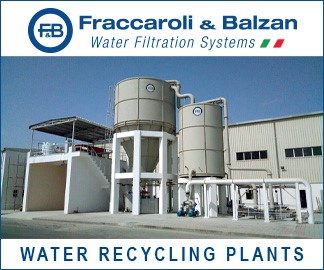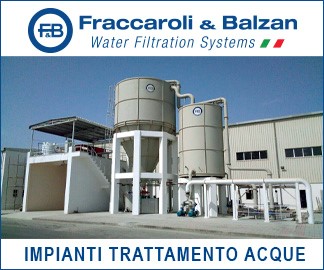The Oslo Opera House is one of Norway’s most iconic architectural works and serves as a landmark for both the cultural and urban life of the capital. The building, home to the Norwegian National Opera and Ballet, is located in the city center, on the shores of the Oslo Fjord, and impresses with its striking aesthetics and unique design.
General Information
The Oslo Opera House was inaugurated in 2008 and was designed by the Norwegian architectural firm Snøhetta. It is the largest cultural project built in Norway since the construction of the Nidaros Cathedral in the 14th century. The building hosts opera and ballet performances, as well as other cultural events, and was awarded the Mies van der Rohe Award in 2009 for its innovative design.
Architectural Features
The most striking feature of the Oslo Opera House is its sloping roof, which allows visitors to walk on it, creating the impression that the building is emerging from the water. The design incorporates elements of Scandinavian nature and allows interaction between architecture and the environment.
The building consists of three main zones: the public plaza, the stage facilities, and the audience areas. Its interior is characterized by the use of oak wood, which adds warmth and contrasts with the exterior facade.
The Use of Marble
One of the most distinctive elements of the Oslo Opera House is its exterior cladding made of white Carrara marble. This particular marble, sourced from Italy, is renowned for its purity and has been used in many monumental works of art and architecture, such as the Pantheon in Rome and Michelangelo’s sculptures.
The use of marble in the Oslo Opera House is not only an aesthetic choice but also a functional one. The material reflects sunlight and water, creating a continuously changing visual effect depending on the time of day and weather conditions. Additionally, its durability against the harsh Scandinavian climate makes it ideal for this location.
Conclusion
The Oslo Opera House is a unique example of contemporary architecture that integrates elements of the natural landscape, high aesthetics, and functionality. The use of Carrara marble gives the building a timeless character and enhances its impressive presence on the fjord’s shores. It is a vibrant cultural hub that attracts both art lovers and visitors who want to admire a masterpiece of modern architecture.






































